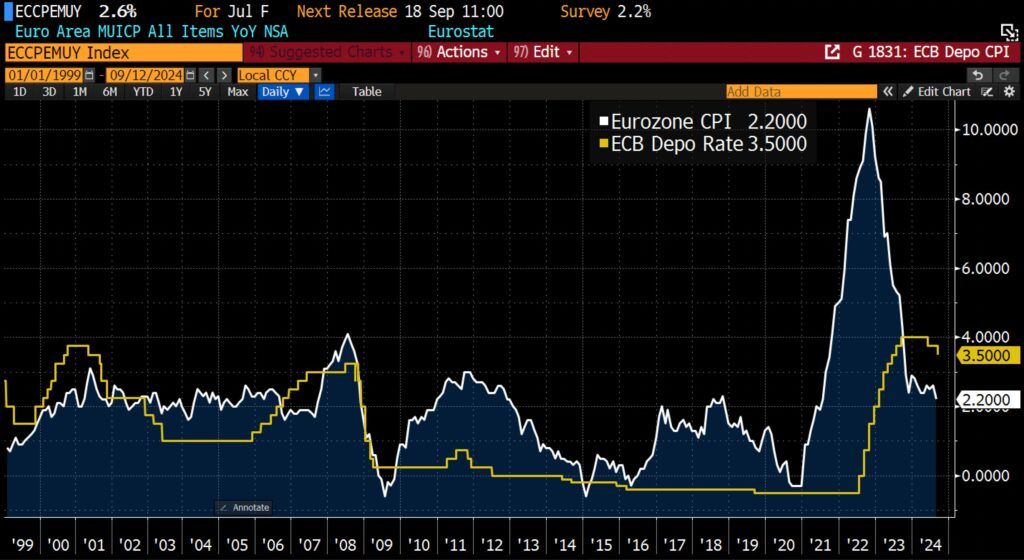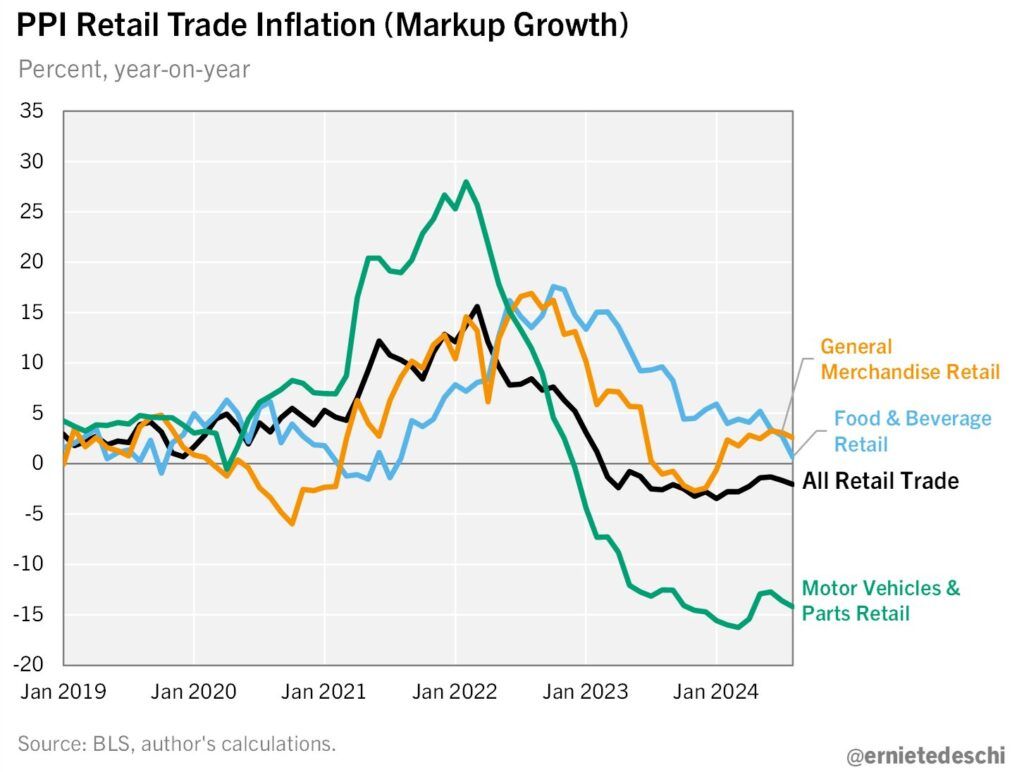As we share in the graph below, crude oil prices peaked at $95 a barrel a year ago. More recently, in July, they were as high as $85. Today, they are below $70 and threatening to take out long-term support. So, why are oil prices falling so rapidly? We lean on the International Energy Agency (IEA) to answer the question. In their monthly Oil Market Report released on Wednesday, they place much of the blame on China. Per the article:
The rapid decline in global oil demand growth in recent months, led by China, has fuelled a sharp sell-off in oil markets. Brent crude oil futures have plunged from a high of more than $82/bbl in early August to a near three-year low at just below $70/bbl on 11 September, despite hefty supply losses in Libya and continued crude oil inventory draws.
Furthermore, they introduce some eye-opening statistics. For example, global oil demand in the first half of 2024 was the lowest since 2020, when the pandemic crippled the global economy. Also, they note that China’s consumption has contracted for four months in a row. It’s not just China.
Outside of China, oil demand growth is tepid at best. Latest data for the United States show a sharp decline in gasoline deliveries in June, following unexpected strength in May.
Falling oil prices and demand are good predictors of economic activity and inflation. Consequently, oil is warning of an economic slowdown and likely lower inflation.
What To Watch
Earnings
- No notable earnings releases today.
Economy
Market Trading Update
Yesterday, we discussed the strong reflexive rally that took the S&P 500 from retesting support at the 100-DMA to crossing above the 50-DMA resistance. Interestingly, Bitcoin, an effective S&P 500 proxy, did not participate in that rally. Notably, as shown, Bitcoin has been consolidating within a trading range since April, which has reversed the previous overbought conditions from the runup since October 2022.
Technically, bitcoin trades below important moving averages, limiting near-term upside. However, another rally becomes more probable if this consolidation can continue without breaking down. Given the correlation to the S&P 500 index, I suspect that whatever happens next will hinge on how the market does from here.
One concern with the S&P 500 index and Bitcoin remains the expectation for Fed rate cuts. As noted this week, if bitcoin is a proxy for the S&P 500 index, it is also a proxy for Fed rate cuts. Historically, when the Fed cuts rates, speculative risk assets get repriced for slower economic activity. Could this time be different? Sure. However, given the correlation to the S&P 500, I would be reticent to completely disregard the potential risk.
The ECB Cuts Rates Again
As we led, falling oil prices and demand suggest that economic growth is slowing worldwide. The ECB provides another similar indication. At yesterday’s ECB meeting, they cut interest rates by 25bps to 3.50%, partly because they cut their economic growth forecast through 2026. Further, they remain very confident that inflation will fall to 2% through the course of 2025. The graph below shows the ECB deposit rate (Fed Funds equivalent) was cut for the second time this year. Also, note that the deposit rate is still well above inflation. Such has been a rarity in the last 25 years and it argues they still have plenty of room for rate cuts.
With the rate cut, Europe’s benchmark lending rate stands at 3.5%, down from 4%. Central banks typically prefer to keep their monetary policies aligned so as not to upset the currency markets. Therefore, it’s highly likely the ECB cut rates yesterday and will continue to do so with confidence and probably assurances from Jerome Powell that the Fed will follow with a rate cut next week and more in the following months.
PPI Retail Markups
Like the CPI report, the PPI data was pretty much as expected. Year-over-year, it fell to 1.70% from a downwardly revised 2.10% and below expectations of 1.8%. The monthly headline figure was +0.2%, with the monthly core rising 0.3%. PPI is now at its lowest level since February. There was some slight concern that PPI, which tends to lead CPI, was creeping higher in recent months. Yesterday’s report should extinguish some of those fears.
The following comment and graph are courtesy of Ernie Tedeschi.
One of the most interesting things the PPI tracks that the CPI doesn’t is retail markups. Retail markup growth has slowed considerably & this has been a contributor to disinflation. In August in particular, growth in grocery markups fell to 0.7% YY, the slowest in 3 years.
Tweet of the Day
“Want to achieve better long-term success in managing your portfolio? Here are our 15-trading rules for managing market risks.”
Related: Cash Cow Clues: Can Dividend Yields Forecast Interest Rates?









